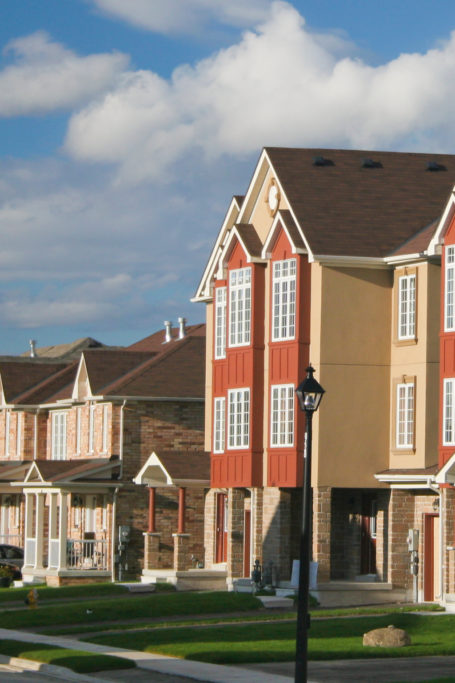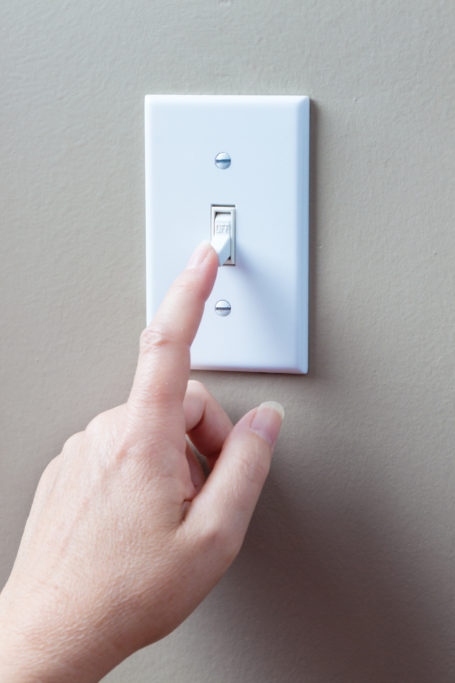New Homeowner To-Do List
Now that you have purchased and moved into your home, you must make sure everything is up and running. Use this checklist to help you get the job done.
Meet your neighbors

Introducing yourself to your neighbors will be less awkward if you do so immediately after moving in. They can be helpful sources of information, and may become a support system for you in the future, and can assist with tasks like taking in your mail when you’re not home.
Set up your utilities
Contact local utility companies to set up services like gas, electricity, phone, internet, cable, and trash and recycling services. There may be several options, so have your real estate agent and neighbors recommend the best and most cost-effective options.
Get the basics
If your new home lacks necessities like a refrigerator or other major appliances, or if you need a sofa for your living room or a bed for your bedroom, shop for these essential items, and, if necessary, arrange for them to be delivered to your new address.
Change the locks
Even if you trust the previous homeowners, you should update the locks, since you don’t know who may have keys to your home. Consider whether you want conventional deadbolts, electronic locks with keypads, or smart locks—some can be unlocked using your fingerprint and won’t require a key, PIN code, or smartphone. If your new home has high-quality locks already installed, you could have a locksmith rekey them instead.
Consider a home-security system

You could have a home-security system professionally installed, or you could purchase one online from retailers such as Simplisafe, and set it up yourself. You’ll also want to check that your home’s fire and carbon monoxide detectors are working or get new ones. You may be able to purchase these monitors as part of your home-security system.
Change your address
Let the post office know you have changed your address so your mail can be forwarded to your new home. You can do so by going to your local post office or visiting USPS.com/move. Consider whether you could use a new mailbox or if the existing one will work or needs fixing.
Find shut-off valves
Note where your home’s shut-off valves are in case you need to turn off the electricity, gas, or water for an emergency or home repairs. You should find water shut-off valves underneath your sinks, by your washing machine, and behind the toilets. There may also be gas shut-off valves by appliances like your stove and clothes dryer. Also look for main water and gas shut-off valves. Locate your home’s circuit breaker so you can turn off the electricity during an emergency or when installing electrical items.
Clean and repair
Clean your home from top to bottom to remove any messes caused by the moving process, or hire a cleaning service to do this for you. Tidy up your yard or bring in a lawn service. Think about scheduling regular sessions with these providers. Fix anything that needs repairing or hire a professional to do so.
Locate your municipal office
Scout out your nearby municipal office and note important information like its web address and phone number. You may need to communicate with your local government from time to time to get information on specifics like property taxes, trash pickups, and permits for home improvements.
Keep a record
Store the information you gathered about your home, its maintenance, and its systems in a notebook, on your cell phone, or on your computer so you can easily locate it when you need it.


















